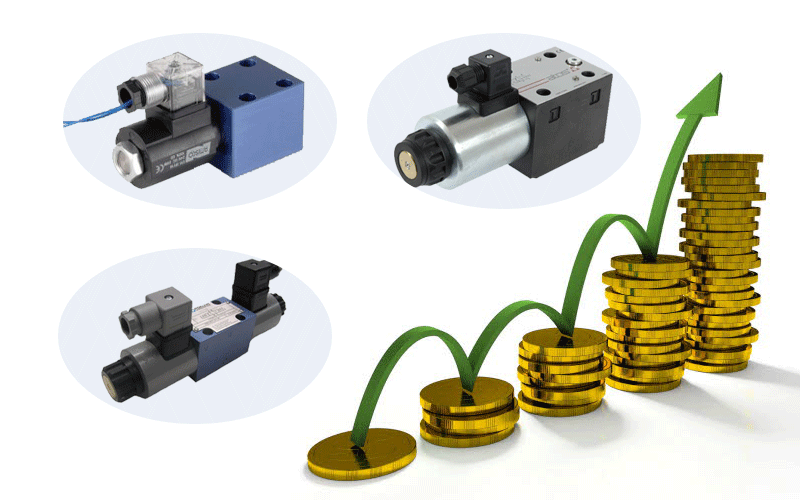The solenoid valve is the common actuator of the industrial control system. The function of the solenoid valve is controls the medium of the system. The solenoid valve handles the switch of machines by turning the electromagnetic force into mechanical force. Due to the advantages of the small area, reliability, light weight, easy running, convenient maintenance, the solenoid valve have wide applications.
For many purchasers, it is difficult to choose solenoid valve. They are confused about the standard of the solenoid valve in different working conditions and suitable models for own projects. Kaidi is a solenoid and solenoid coil supplier from China, we have over 20 years’ experience in manufacturing solenoid for various types of solenoid valves. Our hot-sale products include the solenoid for on-off solenoid valve, proportional solenoid valve and explosion-proof solenoid valve, Rexroth solenoid coil, Yuken solenoid coil and Vickers solenoid coil. We summarize this guide on cost-effective solenoid selection.
Solenoid valve selection
The solenoid valve selection should follow the principle of safety, scientificity, reliability, applicability, and economy. Meanwhile, the specification and working condition of solenoid valve also must be taken into consideration. In general, there are special requirements on size, working pressure, medium types, the temperature of medium, environmental temperature, supply pressure, connection mode, installation, materials of valve and etc.
Safety
There are different working conditions and mediums for the different solenoid valves. For example, common solenoid valve has no property of waterproof. If you have need of water-proof solenoid valve, a special explanation is necessary. Each solenoid valve usually has a max nominal pressure. The highest pressure in the channel must be less than the max nominal pressure, or the solenoid valve is not safe.
Scientificity
The scientificity means that you should learn the working principle of the solenoid valve. When you choose the solenoid valve, classify the kinds, working conditions, working pressure, and applications, and avoid inappropriate uses. In fact, solenoid valve has a lot of classifications. By the working principle, it can be divided into directly operated type, distributed direct-acting type, pilot-operated type. By the real applications, there is on-off solenoid valve (switch solenoid valve), proportional solenoid valve, explosion-proof solenoid valve, etc. By the difference of valve structure and materials, solenoid valve can be divided into other six types. So, it is vital to figure out the working principle before choosing solenoid valve.
Reliability
The reliability mainly refers to the service life of solenoid valve. Normally open solenoid valve and normally closed solenoid valve are classified by the state of solenoid valve. Generally, the normally closed solenoid valve is more applicable, the switch controls the state. If the project requires long working times, the normally open solenoid valve is suggested.
Applicability
The consistency of the property of fluid and solenoid valve is important for applicability of solenoid valve. Firstly, the fluid medium should be same with the medium marked in the specification of solenoid valve. Secondly, the temperature of the fluid medium is lower to the setting temperature of solenoid valve. Next, the fluid viscosity is random under 50cSt, but if the value is higher than 50cSt, high viscosity solenoid valve is suitable.
Economy
Except for the relative requirement on working condition, many types of solenoid valve are universal. For the purpose of economy, if the project has no requirement on the solenoid valve, you can just choose common solenoid valve.
